When you picture a “real” artist, what do you see? Is it someone in a drafty attic apartment, illuminated by a single bare bulb, pouring their soul onto a canvas while surviving on little more than coffee and inspiration? Does the gnawing hunger in their belly somehow sharpen their vision? This romanticized image is powerful, deeply embedded in our culture. But does hardship really create great art, or is the starving artist myth one of the most destructive lies we tell ourselves? Is suffering a crucible for creativity, or is it just a cage?
Let’s be honest, the trope is seductive. It’s a story of purity. The starving artist isn’t motivated by a paycheck or commercial success; they create because they must. Their art is untainted by the grubby hands of commerce. It’s a story of triumph, of a singular genius battling against the world’s indifference to produce something beautiful, something timeless. We look at Van Gogh, who sold almost nothing in his lifetime, and we weave a narrative that his poverty was somehow essential to his brilliant, frenzied brushstrokes. It’s a great story. Makes for a fantastic biopic, anyway.
It’s also a wonderfully convenient narrative, isn’t it? It allows us to consume the art without having to worry too much about the messy business of the artist’s well-being. It lets society off the hook for a system that often fails to value creative work until long after its creator is dead. Oh, and it gets better. It provides a perfect justification for exploitation. Record labels, publishers, galleries, and studios can offer laughably bad contracts, exposure instead of payment, and abysmal wages, all under the noble guise of supporting “pure” art. The artist, we imply, shouldn’t be concerned with something as vulgar as rent. They should be grateful for the opportunity to suffer for their craft. It’s a pyramid scheme of validation, where the people at the bottom are expected to pay their dues in misery.
The core of this myth rests on a fundamental misunderstanding—a deliberate confusion between two very different concepts: creative constraint and soul-crushing scarcity.
Constraint can be a magnificent catalyst. Giving a musician only three chords can force them to write a punk rock anthem. Forcing a filmmaker to shoot on a shoestring budget can lead to ingenious, low-fi special effects that are more charming than any multi-million dollar CGI. Telling a writer they have to tell a complete story in just six words can produce a masterpiece of minimalist heartache. These are constraints. They are like the banks of a river; they provide direction and force, channeling creative energy into a powerful current. They are a puzzle to be solved, a challenge that sharpens the mind and forces innovation. You have a defined box, and your job is to think your way out of it in the most brilliant way possible.
Scarcity is not a box. Scarcity is a vacuum.
It’s not a creative puzzle; it’s a relentless, high-stakes survival equation that never balances. Scarcity is the gnawing, background hum of anxiety that never, ever shuts off. It’s the mental energy you burn trying to figure out which bill you can pay late this month without getting the power shut off. It’s the cognitive space taken up by the shame of having to ask for help, again. It’s the constant, low-grade panic of knowing that one unexpected car repair or medical bill could send your whole fragile existence tumbling into chaos.
This is what economists and psychologists call the “bandwidth tax.” Think of your mental capacity, your focus, your willpower, as a finite resource, like the data plan on your phone. Every worry, every stressful calculation, every moment spent juggling impossible choices uses up that bandwidth. When you are living in a state of true scarcity, a massive portion of your mental bandwidth is automatically dedicated to just surviving the next 24 hours. A mind that’s a frantic abacus of late fees and grocery bills has little room for the quiet calculus of creation.
Creativity, at its heart, requires slack. It requires the freedom to be inefficient. It needs room to play, to daydream, to follow a nonsensical thread of an idea just to see where it goes. The best ideas rarely arrive in a bolt of lightning while you’re manically focused on a problem. They often whisper to you when you’re doing something else entirely—taking a long walk, staring out a window, tinkering with a project that has no immediate purpose. This is the realm of discovery, the space where happy accidents happen.
Scarcity murders slack. It kills the freedom to fail. When you’re living on the edge, an experiment that doesn’t pan out isn’t a learning experience; it’s a catastrophe. That canvas you might ruin with a bold new technique? That’s money for food you can’t afford to waste. That month you might spend writing a novel that no one ever reads? That’s a month of income you desperately need. Scarcity forces you into the safest, most predictable path. It transforms the artist from a curious explorer into a terrified gambler, and the house always has the edge. The artist isn’t thinking, “What beautiful thing can I bring into the world?” They’re thinking, “What can I make that will sell, fast?” Or worse, they’re not thinking about art at all, because their mind is completely occupied by the roaring noise of immediate need.
And this brings us to the truly heartbreaking question, the one that should keep us up at night. It’s not about the art that was made despite poverty. It’s about all the art that was never made because of it.
Think about it. We are living with the ghosts of unmade art all around us. How many brilliant novels are locked away in the mind of a woman working two cleaning jobs, too exhausted at the end of the day to even form a sentence? How many symphonies have dissolved into silence in the head of a man driving for a ride-share service 14 hours a day? How many revolutionary films exist only as a flicker of an idea in the imagination of someone working a cash register, their creative bandwidth consumed by the stress of caring for an ailing parent with no health insurance?
This isn’t a hypothetical tragedy. It is the quiet, ongoing theft of our collective cultural inheritance. We are being robbed of beauty, of insight, of the stories that help us understand ourselves and our world, all in service of a romantic myth that primarily benefits those who don’t want to pay for creative labor. The starving artist myth tells us this is a noble, necessary sacrifice. The truth is, it’s an unnecessary wound. It’s the cultural equivalent of leaving a Maserati out in the rain to rust, telling yourself the rust gives it character.
So, what’s the alternative? Do we need to shower every aspiring artist with riches? Of course not. But we do need to kill the myth that suffering is a creative prerequisite. We need to build a world where an artist doesn’t have to choose between their craft and a roof over their head. This could mean more grants, more public funding for the arts, universal basic income, or simply a cultural shift where we agree to pay artists a living wage for their work. It means creating a society with safety nets, not so people can be lazy, but so they can have the mental and emotional slack to be brave. It’s about giving them the stability to take the risks that great art requires.
It’s the empty space on the canvas that gives the subject meaning. It’s the silence between the notes that creates the music. Creativity needs that empty space. It needs that silence. True scarcity fills every corner of a life with noise and pressure, leaving no room for the muse to get a word in edgewise.
The next time you hear a story about a brilliant artist who struggled in poverty, maybe we can reframe it. Maybe their genius wasn’t a product of their suffering, but a testament to a spirit so powerful it managed to create something beautiful even while the world was actively trying to crush it. And then, maybe we can ask ourselves a different question: what even more incredible things could they have made if they hadn’t had to fight so damn hard just to survive?
What do you think? What’s the most creative thing you’ve seen that was clearly made with a lot of ingenuity but not a lot of money? And on the flip side, do you believe that providing more financial stability for artists would unleash a torrent of new, brilliant work? Let me know your thoughts in the comments.
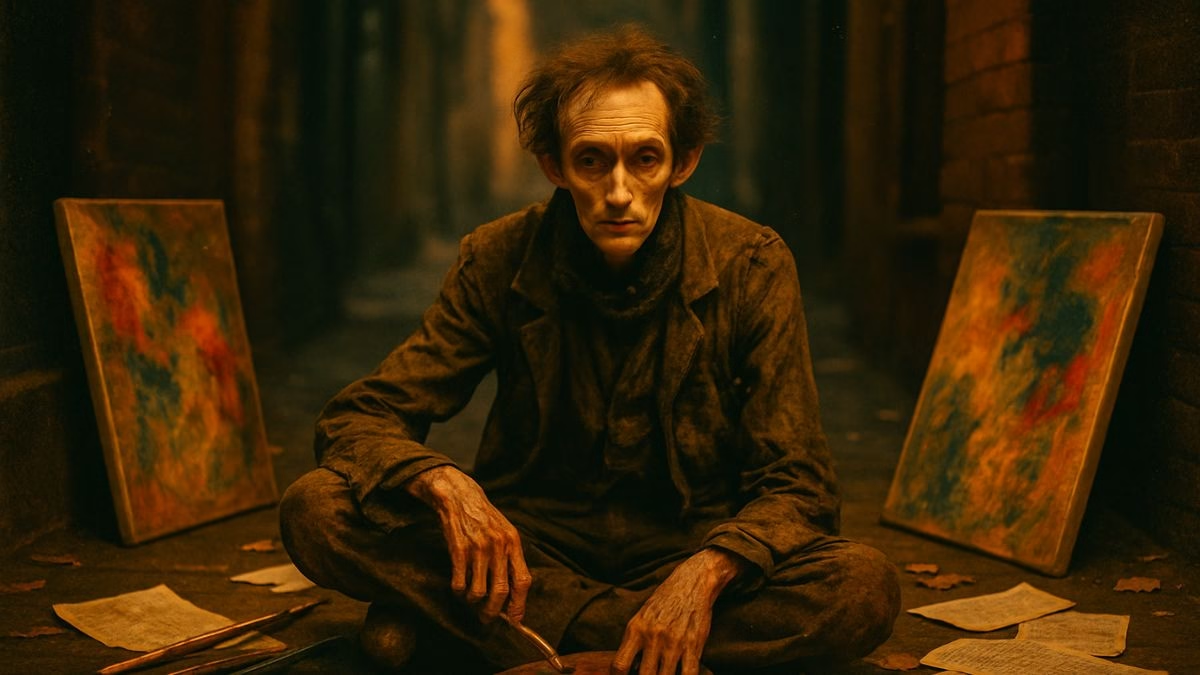
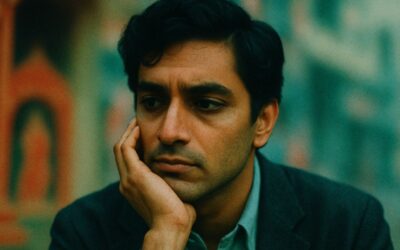

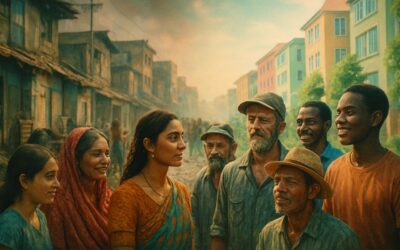
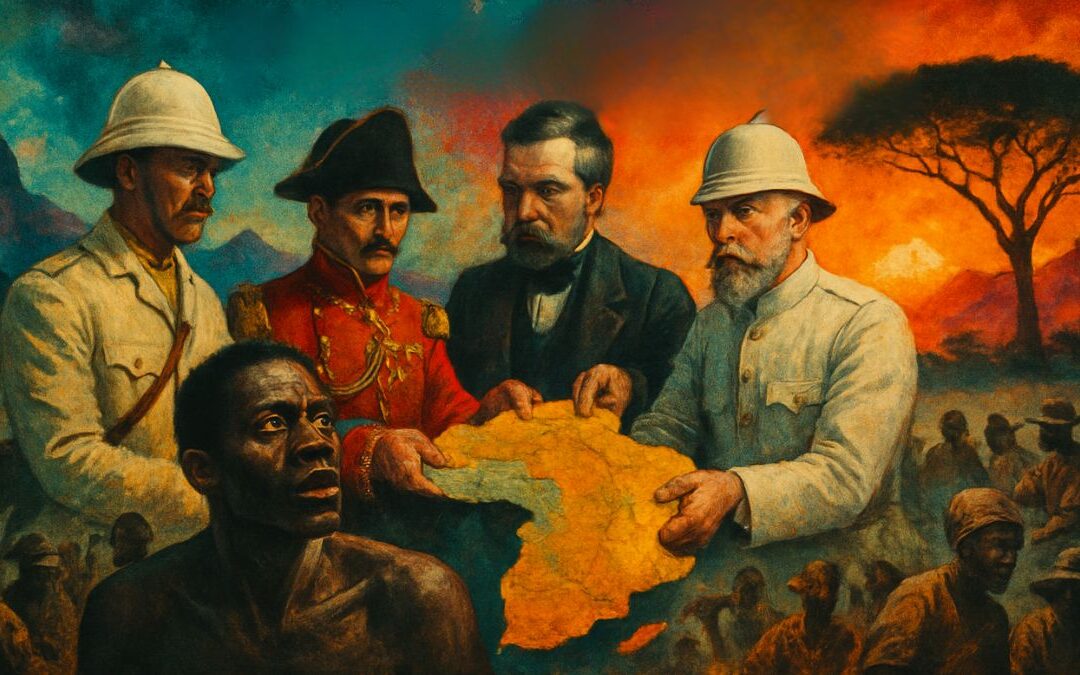
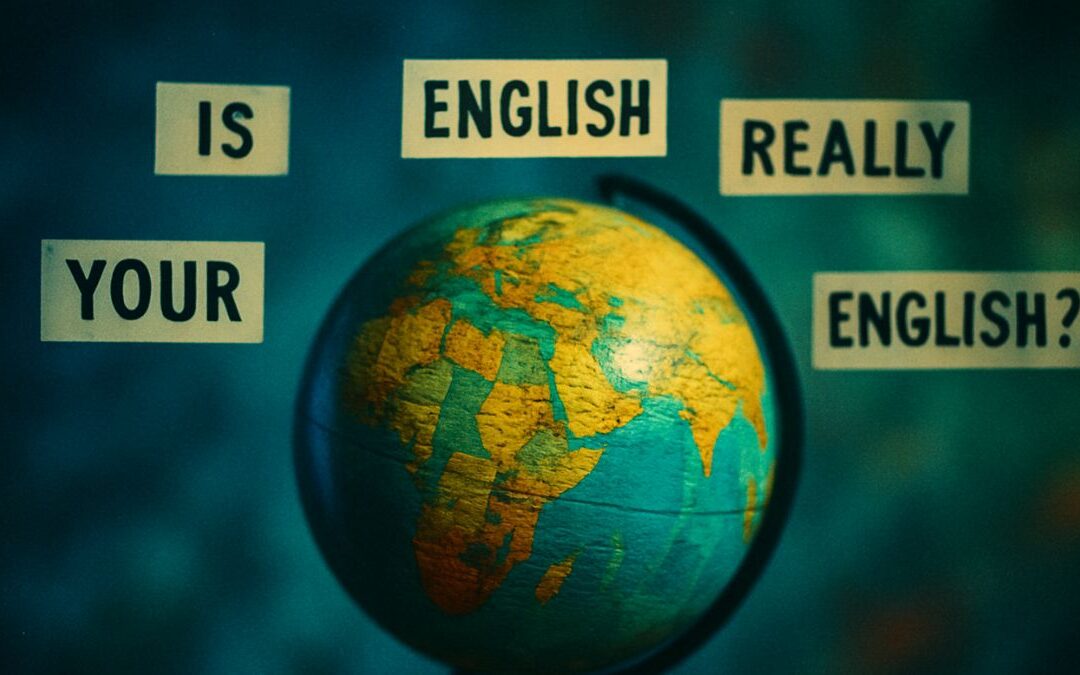
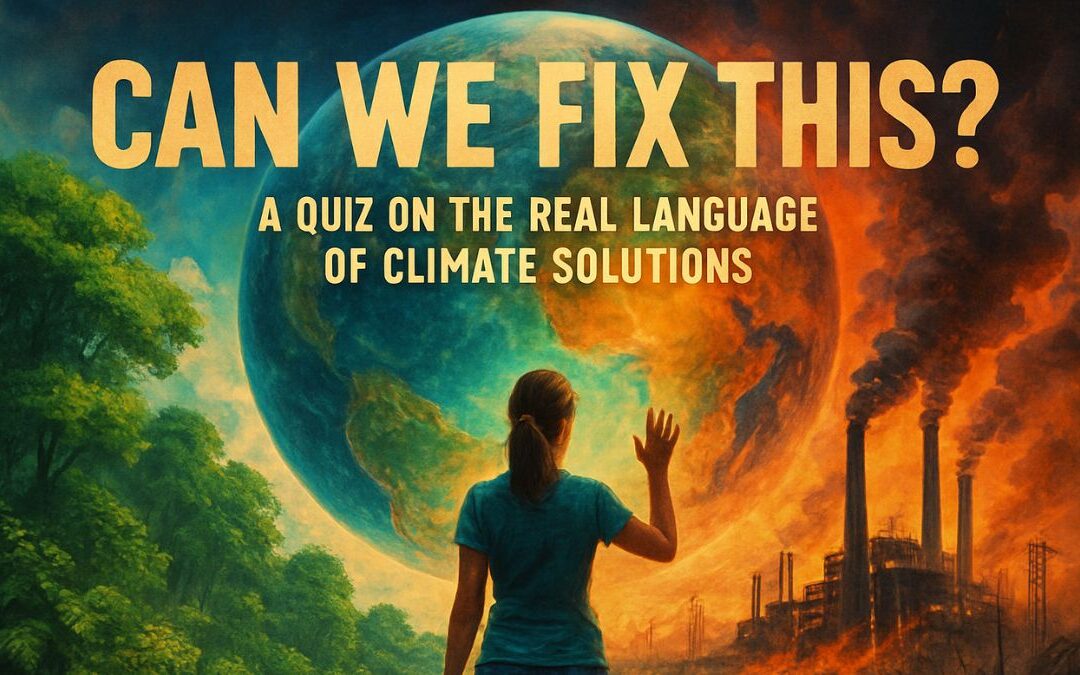
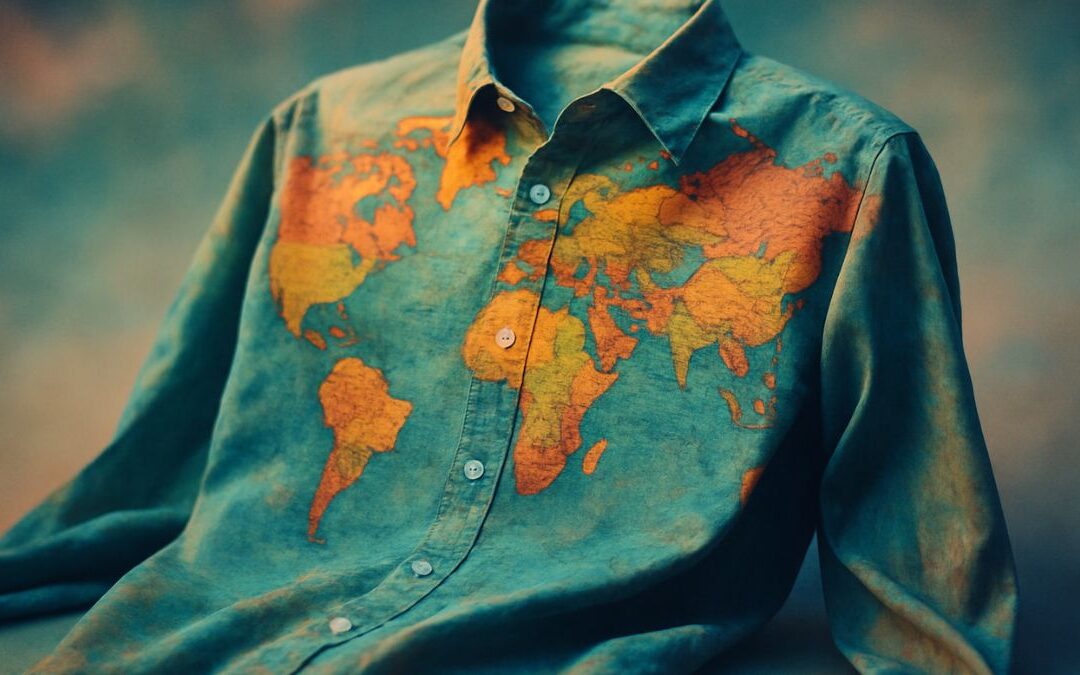

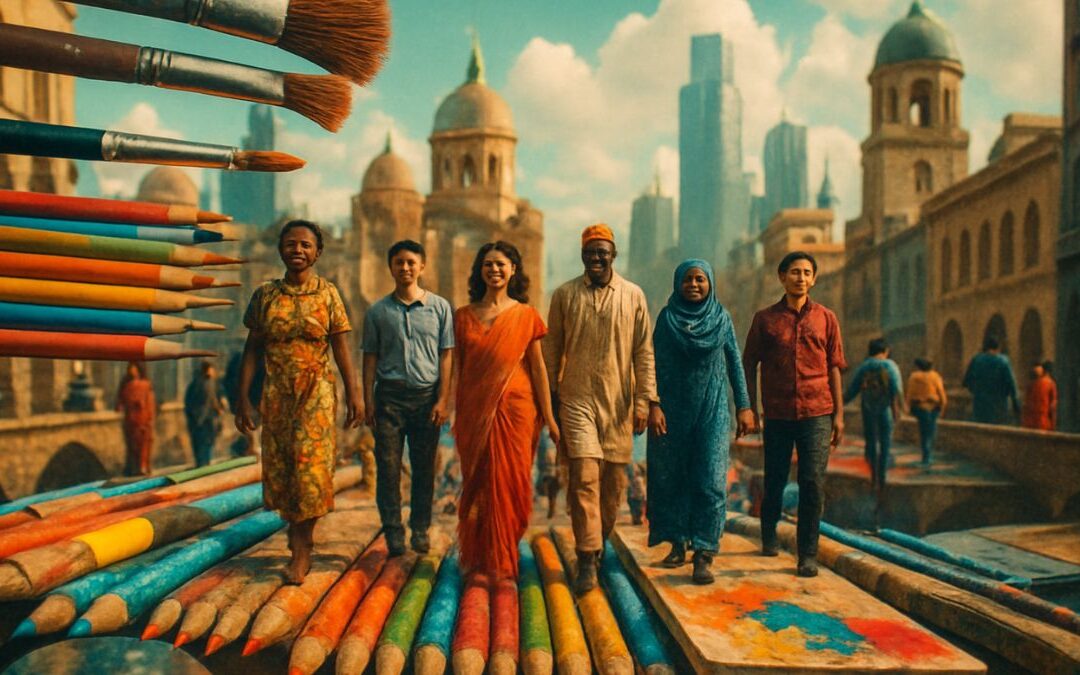
0 Comments